Rationale for this growing practice, and our model for introducing it
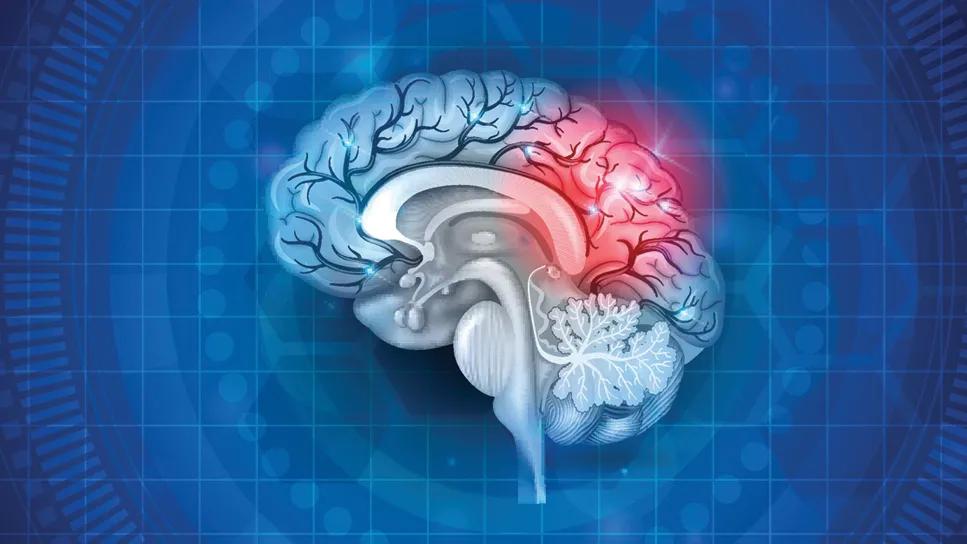
By Christopher R. Newey, DO; Pravin George, DO; and Joao Gomes, MD
Advertisement
Cleveland Clinic is a non-profit academic medical center. Advertising on our site helps support our mission. We do not endorse non-Cleveland Clinic products or services. Policy
Multimodal monitoring (MMM) in the neurointensive care unit — i.e., the continuous, simultaneous evaluation of cerebral and systemic function using different modalities in a single patient — is increasingly utilized in patients with devastating neurologic injuries. The practice is recognized as an “extension of the clinical exam and cognitive skill set of the clinician” and has been advocated as “an important feature of neurocritical care.”1
The goal of MMM is to detect early neurological/physiological changes (i.e., secondary brain injury) before irreversible damage takes place.1,2 This early detection may lead to improved outcomes in brain-injured patients.1,2 The rapid growth of MMM in recent years, reflected in Figure 1, likely stems from its value in the following:1
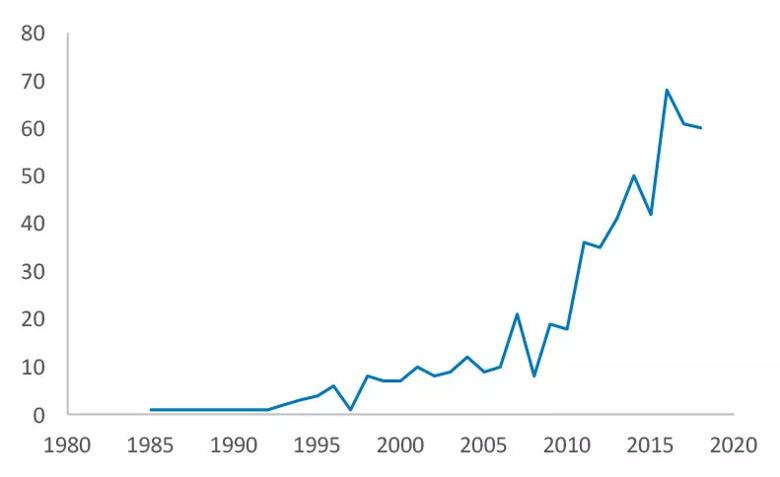
Figure 1. Growth in publications on multimodal monitoring by year, based on a literature search of multimodal monitoring. Numbers on the vertical axis indicate the annual number of literature publications on multimodal monitoring.
Advertisement
Secondary brain injuries are classified as cellular injury cascades and/or secondary brain insults.2 Ischemia — causing excitotoxicity, intracellular calcium influx and free radical membrane damage — is an example of a cellular injury cascade.2 Secondary brain insults are events not tolerated by the injured brain that lead to further injury. Examples of secondary brain insults include hypoxia, hypotension, hypoglycemia, fever, altered cell metabolism and seizures.2
Multiple modalities, both invasive and noninvasive, are used to monitor for secondary brain injuries, including transcranial Doppler (TCD), continuous electroencephalography, computerized quantitative and qualitative pupil assessment (pupillometry), intracranial pressure (ICP) monitoring, brain tissue oxygen tension monitoring, cerebral microdialysis (particularly lactate:pyruvate concentration ratio) and cerebral blood flow measurement. Unfortunately, each of these modalities is monitored on its own proprietary platform and requires manual documentation in the electronic medical record, making real-time assessment and interpretation of large amounts of data challenging.
Even though high-resolution data acquisition systems have been developed, our group at Cleveland Clinic firmly believes that optimal data integration and display are lacking. To that end, we have submitted a proposal for internal institutional funding to develop an intuitive interface with bedside clinicians in mind that will display relevant pieces of data in real time with the objective of minimizing alarm and data overload.
Advertisement
Currently, only a small number of centers have integrated MMM into routine patient care, and high-level research on its application has been scarce. Nonetheless, an ongoing phase 3 randomized, multicenter trial is evaluating the impact of monitoring both brain tissue oxygenation and ICP versus monitoring ICP alone, building on an earlier phase 2 trial.3 Similarly, a phase 2 international feasibility study (NCT02982122) is targeting optimal cerebral perfusion pressure in patients with severe brain injuries, with safety and the significance of physiological effects being explored as secondary end points.
Cleveland Clinic is now in the process of acquiring TCD-based software (ICM+, Cambridge Enterprise Ltd., Cambridge, UK) that allows for various assessments of cerebrovascular autoregulation and noninvasive ICP monitoring. Along with this, we are developing protocols for routine monitoring of patients with advanced liver failure and encephalopathy in whom invasive probes may be prohibitive. Likewise, we will soon explore cerebral autoregulation in hypertensive patients with spontaneous intracerebral hemorrhage to help determine an individualized optimal blood pressure range, in order to minimize the risk of hematoma expansion while reducing the risk of ischemic stroke associated with a drop in blood pressure. This would represent the first individualized paradigm for management of these brain-injured patients, in contrast to reliance on a one-size-fits-all approach.
We also recently formed a multidisciplinary MMM committee consisting of members with expertise in the various monitoring modalities used in the neurointensive care unit. This committee recently conceived an algorithm to facilitate triage of patients to various levels of MMM based on injury severity and anticipated risk of secondary injury.
Advertisement
Additionally, treatment algorithms for the various monitoring modalities have been created to guide patient care based on available literature. These algorithms will be continuously reviewed and adjusted as needed based on our experience and growing evidence generated by our research and that of others. Use of MMM to systematically identify and manage patients is expected to not only improve our patient care but also expand innovation and research.
Finally, we are exploring a collaboration with Microsoft that would allow us to use its computing power, expertise and algorithms to help analyze our large data set and identify clinically relevant patterns and associations that may lead to improved patient outcomes and higher-quality care delivery. Such a collaboration would place Cleveland Clinic among the first centers in the world to systematically apply this technology in patient care and would provide a unique opportunity to advance much-needed research in this area. In the near future, we aim to bring together the fields of large data analysis, artificial intelligence, and individualized care and monitoring to improve the outcomes of critically ill neurology and neurosurgery patients.
Advertisement
Drs. Newey and George are neurocritical care specialists in the Neurointensive Care Unit in Cleveland Clinic’s Cerebrovascular Center, and Dr. Gomes is Head of the Neurointensive Care Unit.
Advertisement

Novel ‘assessment center’ will be a partner in care by serving as an engine of structured data collection
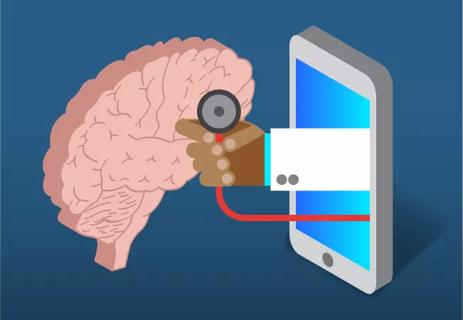
Telemedicine use remains higher than before the pandemic in all groups, but disparities linger

Taking virtual reality-integrated technology from silver screen to clinical laboratory
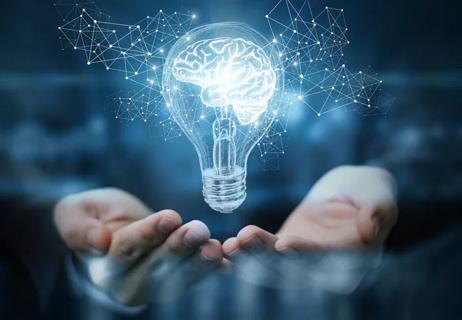
Novel collaboration is underway to foster innovation – and a real-world invention
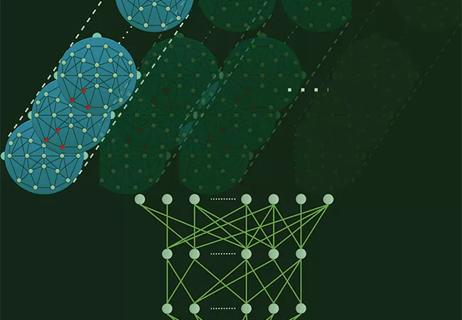
Strong performance from early models heralds eventual reshaping of care
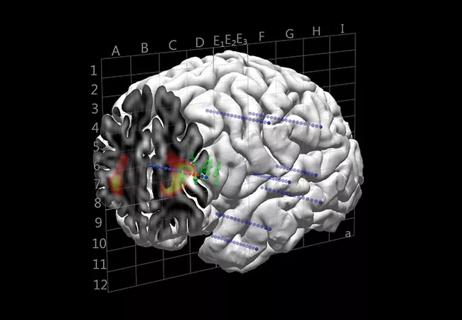
Novel approach is improving presurgical evaluation
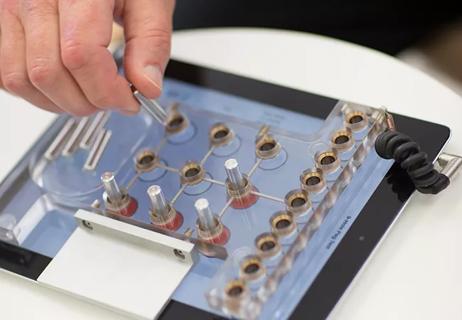
Important progress toward predictive analytics in MS and PD

A quick review of 3D-printed models, intrasaccular flow disruption and flow diverter stenting